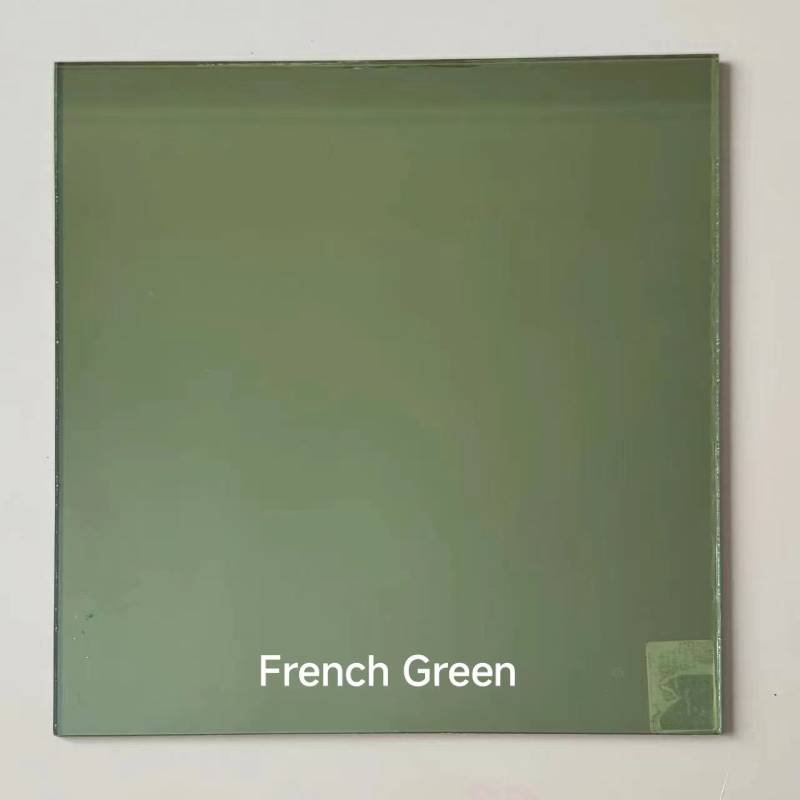

Understanding Slumping Float Glass A Comprehensive Insight
Slumping float glass is a fascinating topic that combines the principles of glass manufacturing and artistic expression. Float glass, known for its clarity and smooth surface, is produced through a process where molten glass is floated on top of molten tin. This method results in a flat, uniform thickness of glass that is ideal for a myriad of applications, including windows, mirrors, and more. However, when we talk about “slumping,” we shift our focus to a transformative process that allows glass to take on new shapes and artistic forms.
What is Slumping?
Slumping is a forming technique that involves heating glass to a temperature where it becomes plastic enough to conform to a mold. The process begins with a flat piece of float glass that is heated in a kiln. As the glass reaches its slumping temperature, it softens and begins to sag into the shape of the mold placed underneath it. This allows artisans and manufacturers to create unique, three-dimensional pieces from originally flat glass sheets.
The slumping process is not just about shaping; it also allows for the incorporation of various textures, colors, and designs into the glass. Artists can use various techniques to apply patterns to the glass before slumping, enhancing the final product's aesthetic appeal.
The Slumping Process in Detail
The slumping process typically involves several key stages
1. Preparation of the Glass The float glass must be cut to the desired dimensions before being placed into the kiln. This stage may also include the application of any additional textures or colors that the artist or manufacturer wishes to integrate.
2. Mold Selection Choosing the right mold is crucial. The mold can be made from different materials, such as ceramic or metal, and can be designed in various shapes to achieve the desired outcome.

3. Heating The glass is placed in a kiln, where it is gradually heated to a specific temperature—usually between 1,200 to 1,500 degrees Fahrenheit (about 650 to 800 degrees Celsius). This gradual heating is vital to ensure even melting and to prevent stress within the glass.
4. Slumping Once the glass reaches the melting point, it begins to slump into the mold under the force of gravity. The duration of this phase varies based on the thickness of the glass and the desired depth of the slump.
5. Cooling After the slumping is complete, the glass must cool down slowly to avoid thermal shock, which can lead to cracking. This annealing process ensures the glass retains its integrity and ensures longevity.
Applications and Uses
Slumped float glass has a vast range of applications. In the art world, it is popular for creating decorative pieces, art installations, and custom designs in architecture. The unique shapes that can be achieved through slumping process allow artists to explore creativity in ways that flat glass simply cannot.
In commercial applications, slumped glass can be used in furniture design, such as tabletops and wall art, as well as in building facades to create stunning visual effects. The ability to mold glass can enhance not only functionality but also aesthetic appeal in both residential and commercial settings.
Conclusion
Slumping float glass is a unique intersection of craftsmanship and artistry. It transforms the traditional flat surface of float glass into dynamic, sculptural forms that capture the eye and imagination. Whether in the hands of an artist creating a masterpiece or a manufacturer producing functional yet beautiful pieces, the slumping process showcases the versatile nature of glass. As technology advances and more techniques are developed, the possibilities for slumped glass are virtually limitless, making it an exciting field within the glass industry. Understanding the nuances of slumping float glass not only highlights the importance of glass as a material but also celebrates the artistry that can emerge from its transformation.